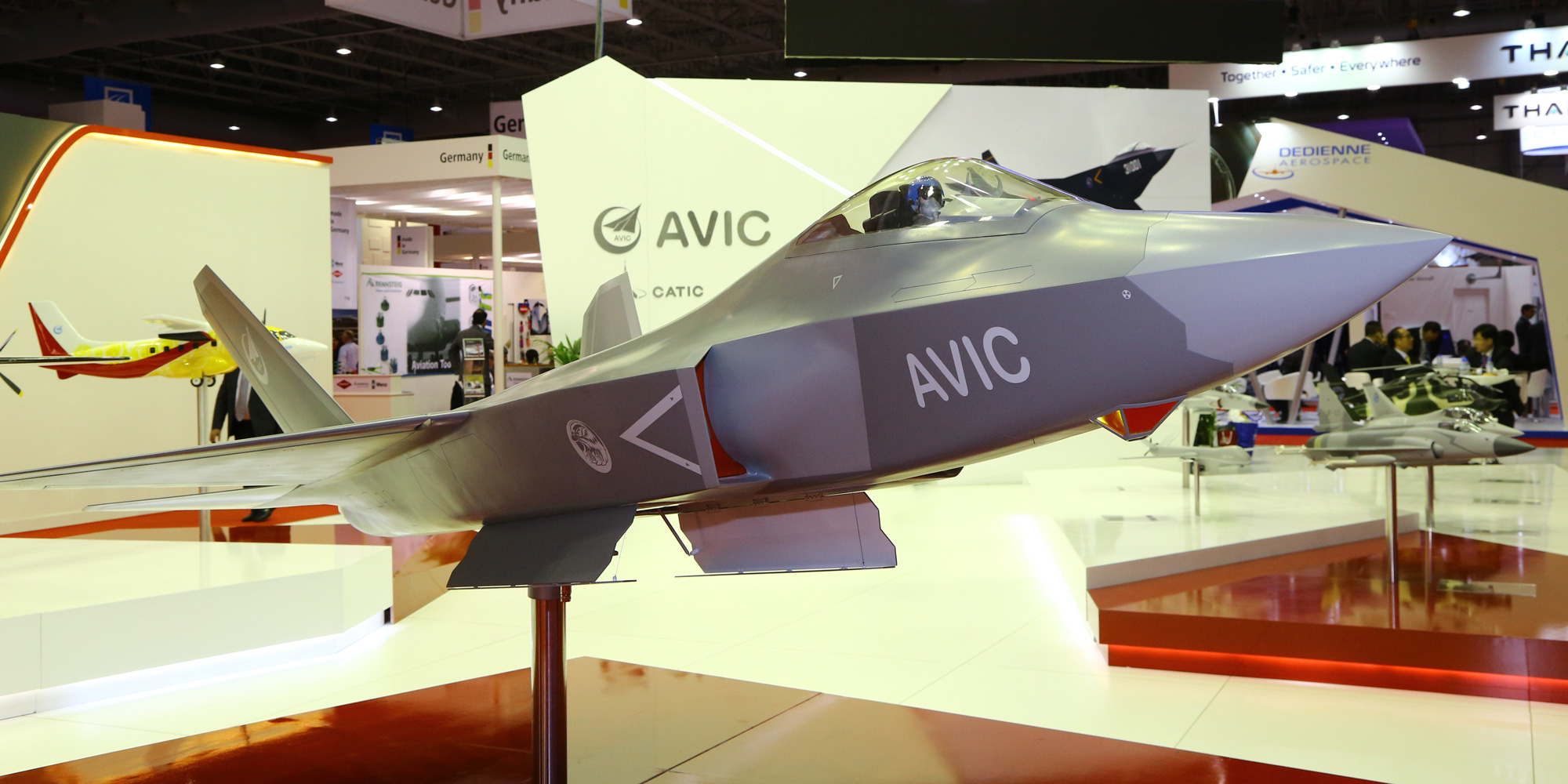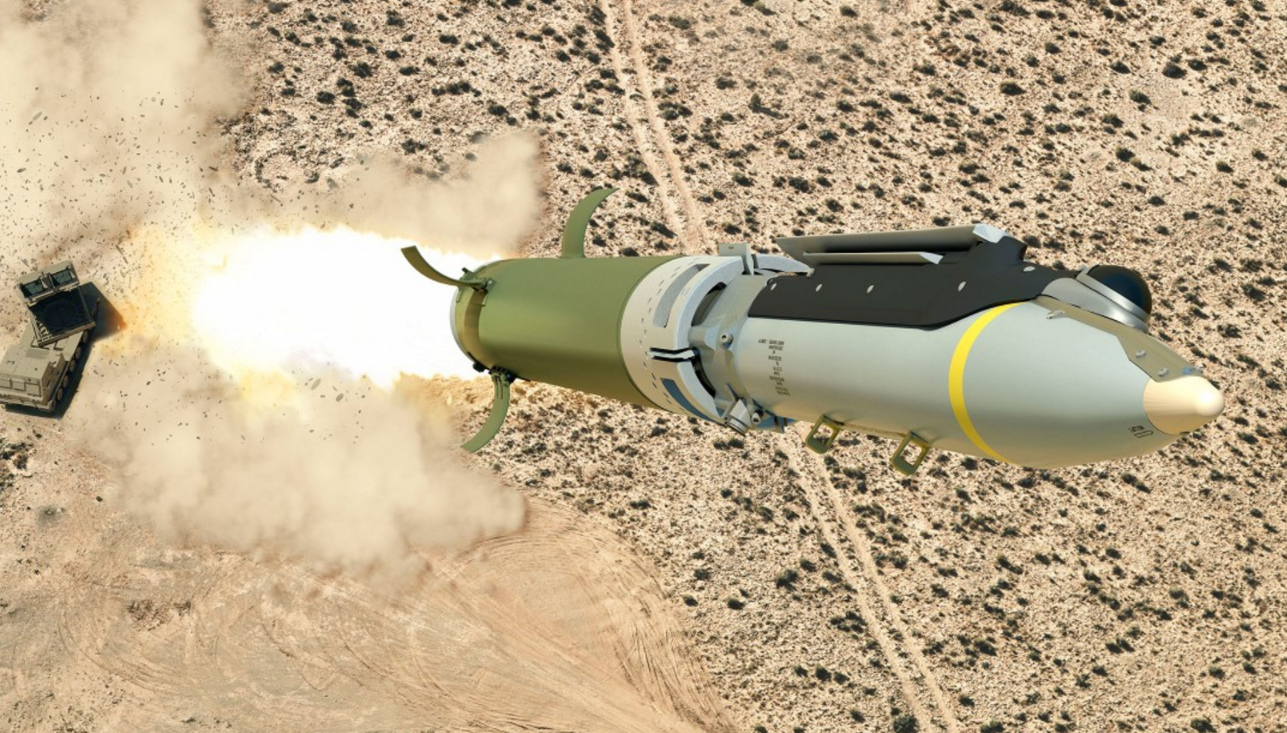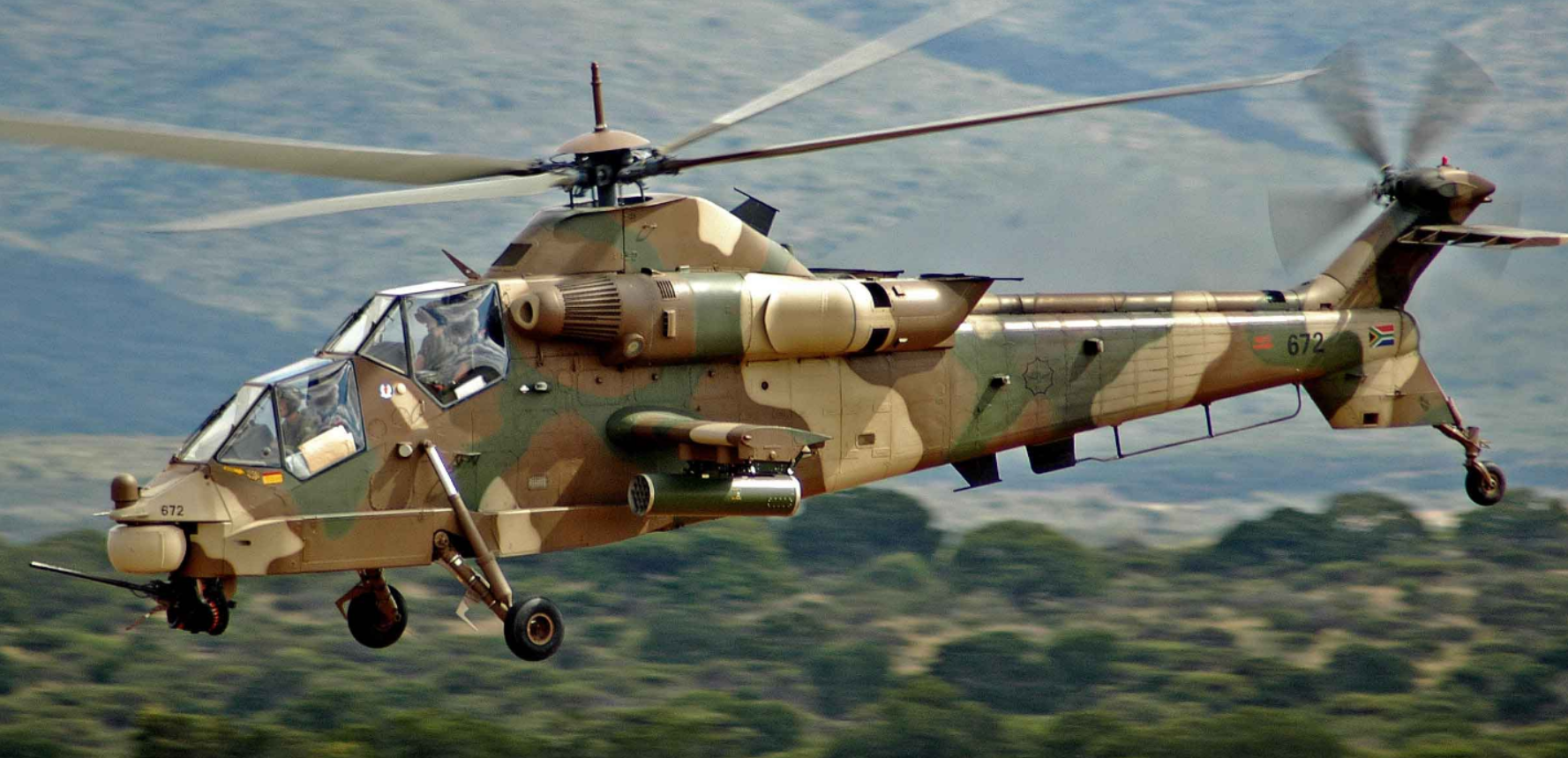2757Views 12Comments

Discussion: Could the FC-31 factor into Pakistan’s next-gen fighter plans?
Foreword: This is not a news story, but a piece for discussion. The details offered in this article are not authoritative pieces of information, but rather, perspectives of the author.
With the Shenyang Aircraft Corporation (SAC) FC-31 progressing, most notably with the maiden flight of its second prototype, the question of whether China’s new platform will figure into the Pakistan Air Force’s (PAF) next-generation fighter plans has returned to the fore. The known answer has not changed: the PAF is currently in the process of conceptualizing and forming its next-generation solution, and thus, it has not issued its desired configuration, much less selecting a platform.
Before venturing further into the question, it will be worth re-visiting what the PAF, especially the Chief of Air Staff (CAS), Air Chief Marshal (ACM) Sohail Aman, has stated regarding next-generation aircraft. In this respect, there are two key facets: First, in conceptualizing a solution, Aman stressed that the PAF will need to look beyond the capabilities and systems on offer in fifth-generation designs. It is not clear what ACM Aman meant in this statement, but it appears that he was advocating for the inclusion of emerging technologies, especially at the abstract level. Second, ACM Aman outlined that indigenization will be a key facet of the PAF’s next-generation fighter plans. From expanding the JF-17’s industry and technology base to finally making a concrete and directed effort in aviation research and development (through the Kamra Aviation City initiative), ACM Aman wanted Pakistan to “[no longer] be dependent on few [sources] to again ask for next-generation aircraft.” Third, there is urgency in bringing a next-generation solution to fruition, especially since the older F-16s (and, in due time, older JF-17s) will need to be replaced.
The PAF’s desire for indigenization could lead one to believe that an original design is being sought. This is a possible scenario, though it would necessitate considerable time and financial investment, neither of which are plentiful to the PAF. Its oldest F-16s are nearing 8,000 service hours (i.e. the guaranteed lifespan), and currently, there are no service life extension programs (SLEP) in place for Block-15 airframes. The PAF will need a new medium-weight fighter to begin supplanting the F-16A/Bs from the 2030s. The pursuit of an original design, even with collaborative support from China, would not be a factor by the time the PAF’s oldest F-16s need to be replaced. In this respect, the SAC FC-31 could fit within the PAF’s procurement timeline quite well. Although it is unclear if Beijing is now investing in the FC-31 as the sole backer (i.e. negating the previous need for an outside funding partner from the program), the Aviation Industry Corporation of China (AVIC) aims to bring the FC-31 into full operational capability (FOC) status by the mid-2020s.
The promise of the FC-31 – which aims to offer prospective users an agile airframe with a small radar cross-section (RCS), advanced electronically-scanned array (AESA) radar, modern electronic warfare (EW) and electronic countermeasures (ECM) suite, helmet-mounted display and sight (HMD/S) system, an infrared search and track (IRST) system, and even integrated electro-optical targeting (EOTS) system – is a significant jump over the F-16A/B Block-15 Mid-Life Update (MLU) variants in use by the PAF. Granted, one might question the extent or quality of sensor fusion on the FC-31 (e.g. binding the AESA radar and active phased-array based EW/ECM arrays to a single software engine), but there are clear generational upgrades in many respects between the F-16 MLU and FC-31. Furthermore, considering Beijing’s extensive investment in electronics, which is evident in its ability to push AESA radar solutions for many naval and airborne applications, the idea of sufficiently useful sensor fusion (not “the best”) is plausible.
With its ability to carry a payload of 8,000 kg across four internal and six external hardpoints, the FC-31 is a natural bridge from the F-16, retaining the latter’s base air-to-air and air-to-ground capabilities. To put it another way, the FC-31 can enable the PAF to maintain continuity in the roles it currently delegates to the F-16s. The FC-31 can also extend its utility in key areas. For example, unlike the F-16, the PAF is free to integrate the FC-31 with its choice of stand-off range weapons, most notably anti-ship missiles (AShM) and air-launched cruise missiles (ALCM). If the FC-31 fulfills its potential, it would be a qualitative driver.
When considering the above as well as a known timeline, mature developmental stage, and supplier, the notion of the PAF being a strong contender for procuring the FC-31 is not surprising. In terms of the PAF’s desire for indigenization, procuring the FC-31 need not be mutually exclusive from the indigenization effort. Yes, the PAF would have to depend on China for the supply of the platform and technology, but that could yield a measure of valuable domestic support for the fighter.
Critical elements, such as maintenance, repair, and overhaul (MRO), ought to be expected, but the existing production base could be expanded to involve the local production of spare parts and subsystems. Interestingly, Pakistan Aeronautical Complex (PAC), which provides the PAF with MRO support as well as the JF-17 (via a co-production workshare agreement with AVIC), is interested in gas turbine production. If activated, this route could lead PAC into deeper turbofan engine support work.
Considering the investment made in the JF-17 Thunder, it would be disingenuous to assume that the PAF would walk away from the platform in the foreseeable future. To the contrary, one should expect the PAF to continue backing the development of the JF-17. The presence of another platform, such as the FC-31, removes the pressure of offensive and/or long-endurance operations from the JF-17, freeing the Thunder for its intended purpose as a workhorse fighter for defending the country’s airspace and territory. If put in a defensive role, a fighter with significant local support, low costs, and high operational availability can be an immense asset. This ought to be the JF-17 Thunder’s next step.
This is not a discussion regarding the forthcoming JF-17 Block-III, but a later (and, to be clear, hypothetical) variant. Investment in the FC-31 could be tied to extending its technology to the Thunder. For example, besides a similar onboard electronics suite and munitions inventory, the future JF-17 could utilize the WS-13E turbofan, which – as per some analysts – powers the second FC-31 prototype. Smokeless exhaust and a higher thrust rating would be welcome additions to the JF-17. In parallel, indigenous efforts could be made to improve the airframe, and in the process, gradually build competency in a few critical areas, such as composite aerostructures and flight control. This would be a long-term effort, but it can align with the PAF’s call for indigenization in next-generation aircraft. The future Thunder that could replace the current Thunder in the PAF fleet two decades from now could potentially reflect that effort.
The SAC FC-31 deserves consideration, but it would be premature, at least today, to argue that the PAF will certainly select the platform. However, as the platform develops, it would be difficult to see another scenario, especially since the FC-31 is among a scarcely few next-generation platforms in development, and among three to be on the market in the 2020s (the others being the F-35 and Sukhoi T-50). Beijing moving to back the program alone would be key to its success, and considering the dearth of options on the market for non-NATO air arms, it would be surprising to see Beijing leave AVIC to develop the fighter on its own or to depend on an external funding source. When options are scarce, the market has shown its willingness to embrace analogous Chinese solutions. This was seen in the armed drone space. The FC-31 could be a defining product for the Chinese aviation industry, one Beijing would be wise to support.



12 Comments
by Hashim Rasheed
Pakistan would certainly be looking at the development of the FC-31 with interest. With the next-generation Turkish fighter aircraft also in the works, and Turkey’s reported offer to Pakistan to be part of the program, there are a couple of options for Pakistan to consider when it comes to PAF’s next-gen fighter. Although still in its design phase, the Turkish aircraft seems to offer more advanced technology, even in its infancy, as it will incorporate European and Nato technologies. However, the first prototype of the Turkish aircraft may not be seen for another 7-10 years. The FC-31 may very well be a go-to option for the PAF in the near future
by Muhammad Khurram Bhatti
My only concern is that we miss the point of ACM’s interview where he introduced the idea of next gen fighter and also categorically said that it will be to replace the likes of JF-35 and F-31. FC-31 or TFX are “not” going to be next gen fighter of PAF, next gen will replace whatever 5th gen platform PAF chooses.
by SP
I don’t think it would make much sense in replacing F-16 with FC-31 as an improved JF-17 is envisioned as replacing the F-16. The JF-17 could benefit from the development of FC-31 with the airfrane remaining pretty much the same with the exception of improved material to reduce RCS and weight.
What Pakistan needs is about 4 squadrons of stealthy heavy weight fighter for deep strike offensive missions over great distance. This is the capability that Pakistan currently lacks and cannot acquire it from its existing platforms.
by Sami Shahid
The new Russian MIG-35 is also a good substitute of F-16.
by bill
I forgot to add that it was a perfect article and covered almost all aspects related to FC31 and it’s merits for Pak for which I am personally thank full to author.
Perhaps the most perfect article I ever read on this forum.
by Ahmad Shah Durrani
Neither Russia will sell to Pakistan nor it is Pakistan’s interest to buy frontline fighter from Russia. Pakistan continues its failed policy in Afghanistan creating friction with Russia.
by nob hamid gul
I think qill only be replaced by 5th gen
by Shershahsuri
If FC-31 were to replace PAF F-16s, then it should also catch up with the combat radius of F-16. Though F-16 is single engine, but its range and payload surpass many twin engine fighters. FC-31 can surpass F-16 in payload but range—-?
by Steve
Hashim I think we can’t really wait for the Turks. The situation in our region is critical as far as Air Force is concerned. We are facing critical shortages as new F16’s are blocked by our own mismanagement, and JF17 is good but not great. The unmentionables across the border are going mad with ordering everything in sight, and the West is obliging them as it fits the Wests’ agenda regarding China. JF17 block 3 can be a good fighter but cannot be front line, no matter how many gadgets we add. We cannot be like Indians and not face reality, like pretending LCA is great which it is obviously not. We need a new fighter immediately. FC31 as a platform is nearly ready. We can of course collaborate with the Turks and add subsystems to later blocks of FC31. Let’s just have a serious look at the product and possibly get involved in development. We owe our Air Force the best possible fighter to make the odds better if there is a shooting war in the future, as will all know it will begin with air battles. Let’s be the first to get stealth in the subcontinent!
by Hashim
What’s with blaming everything on politicians it’s not like they have any power you seriously don’t believe PM Sharif runs this country do you????
It’s your boys that run this and aid was cut because of yours boys actions not because of Sharif I really hate this dual standard and selective rage and based behaviour this country from its inception has been run by army gernails one way or the other so failure especially geopolitical or strategic failure lies with them
You want to blame Nawaz Sharif for balming useless metros and buses sure do that I will join you because it’s actually something he did but that’s where all his power as PM stops but you can go to PDF and be a gullible fanboy.
by Steve
I’m not against politicians as such only incompetent and corrupt ones. Most countries’ policies are heavily influenced by security and secret agencies (their boys so to speak), and also by un-elected bureaucrats as they provide in depth knowledge and continuity, and are advised by think-tanks. Do you think American presidents actually run the country? But everywhere else the politicians firstly do not indulge in open corruption, and secondly do not follow policies that are not in the country’s interest as opposed to their families’ interest. They also provide a polished competent exterior that covers their security policies. I don’t think our present lot are like that. They can’t even give comments without reading from a scrap of paper in the Oval Office.
by Steve
I actually think the sharifs are doing a good job with infrastructure as long as they don’t take kickbacks and expensive developments on loans, as the size of the kickback is the only factor considered in awarding contracts